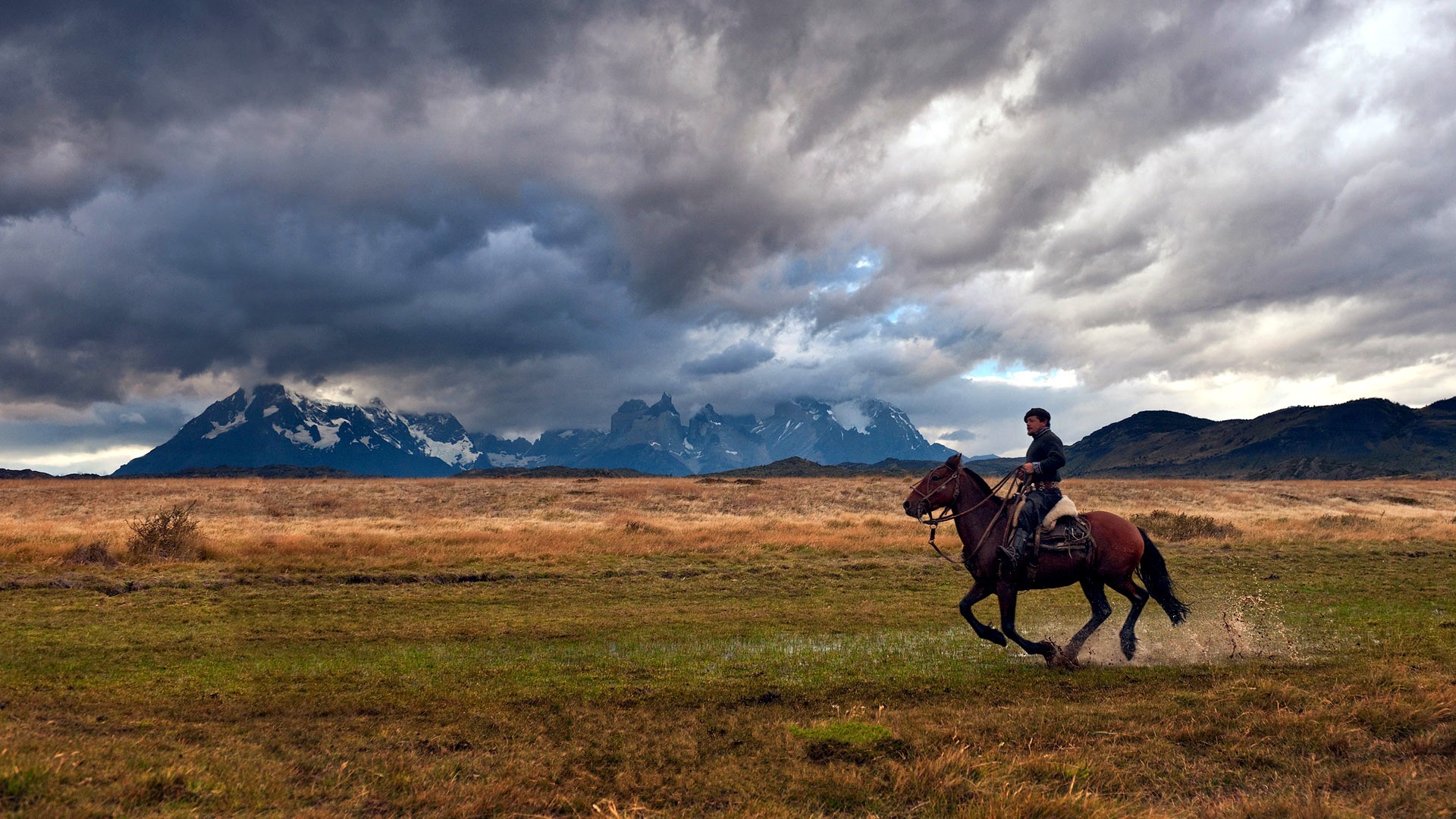
For the most part, gauchos (a word meaning “orphan”) were originally mixed-race Spanish-Indian children. Rejected by society, they became, by force of circumstances, rough and free men who wandered on horseback in the endless landscapes in search of work. It was then said of them that they had no other father and mother than the pampas. There is a way to get as close as possible to this myth, between sky, summit and herds, during your trip organized by me, by accompanying them to carry out a transhumance.
For centuries, gauchos were the symbol of freedom. Living in an area of some 800,000 km², dressed in baggy pants, a hat or beret, a scarf around the neck, spurs, cutlasses on the belt and always accompanied by their faithful companion, the horse, you will recognize easily the legendary gauchos.
Gauchos did not always have a very good reputation. In the 17th century, they were seen more as horse thieves or vagabonds. Argentina before 1856 was a set of provinces where gauchos lived freely, mainly raising cattle in the vast territories of the pampas.
For the gaucho, living free and living outside were the same. Only cattle breeding really interested him as an occupation, because this work granted him the freedom of movement essential to his happiness. Gauchos love the silence and solitude of wide open spaces. They often spend their entire lives in the Pampa. The noise, the lights, the speed of the city do not suit their temperament. They are apparently shy and withdrawn, but as soon as they get together, they start telling stories and laughing together.
In 1856, when the government decided to put the country’s lands up for sale, to bring money into the state coffers, it was the beginning of the end for the traditional gauchos way of life. In this vast enterprise of land speculation, the pampas lose their freedom, and so does the gaucho. It is not in the gaucho’s temperament to serve a boss on fenced land: the estancias! These “cow boys” from South America work cattle on horseback from Rio Grande del Sur (Brazil) to Patagonia where “la cultura Gaucha” is still very much alive.
The gaucho very often makes his own harness, called “recado”, mainly from braided leather. Wearing a beret or a black felt hat, he wears a very wide fabric belt into which he slips – behind his back – his knife, called “facon”, “daga” or “puñal” depending on his size. The gaucho never separates from his knife which he uses to cut leather, eat, and possibly defend himself. The lasso and the “boleadoras” complete the range, without forgetting the essential “calabash” mate of course. This equipment would even make it possible to drink on horseback!
Some vocabulary words to identify the gaucho’s “clothes”:
- Bombacha – cotton pants
- Botas – Leather boots
- Esporas de Ferro – iron spurs
- Chapéu – leather or felt hat
- Camisa – cotton shirt
- Lenço – scarf
- Guaicá – very wide belt
- Ponche – poncho
- Prenda – gift, that’s what the gaucho calls his wife…
Go meet the gauchos in Argentina!
 English
English Español
Español Français
Français
